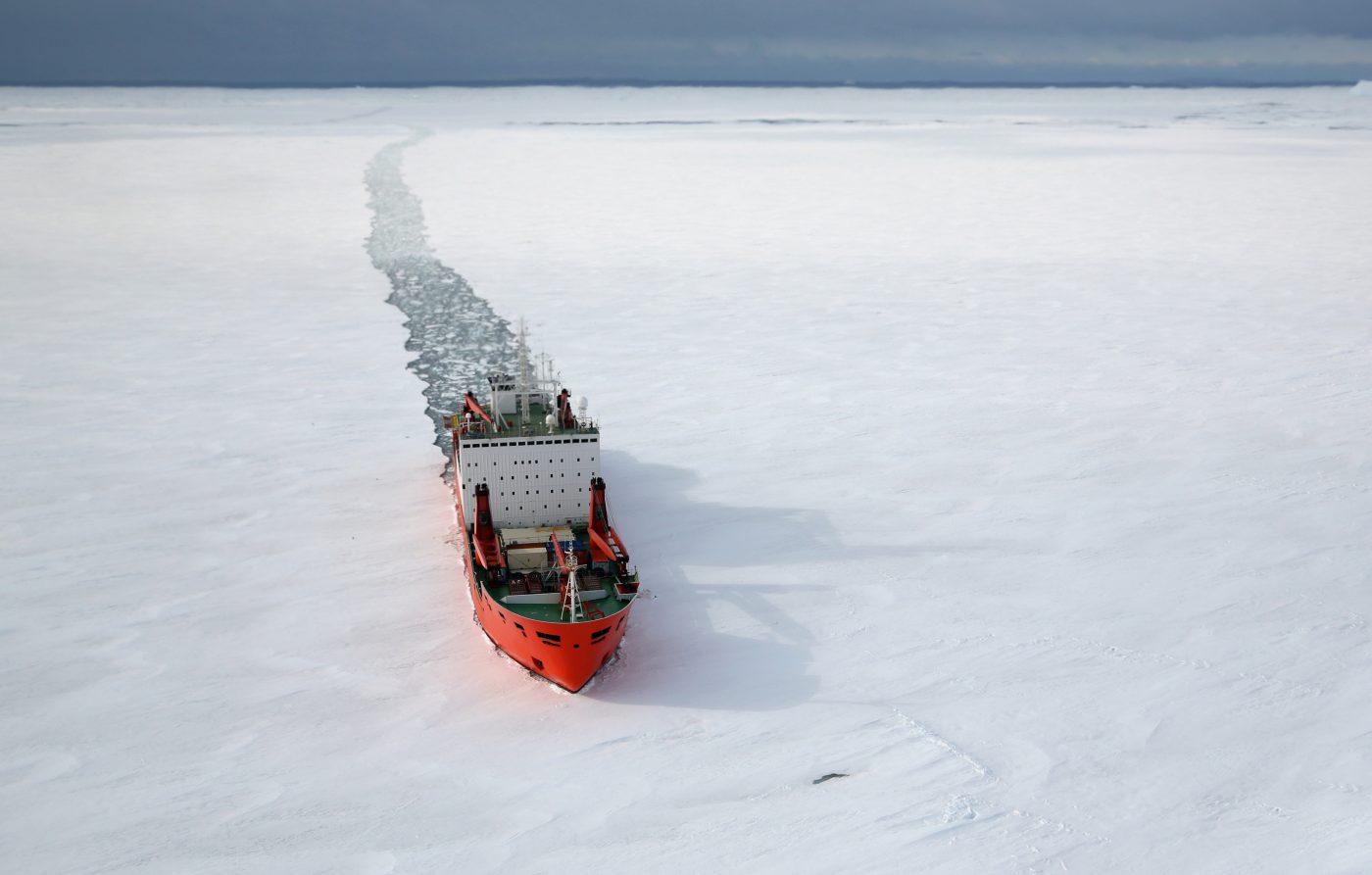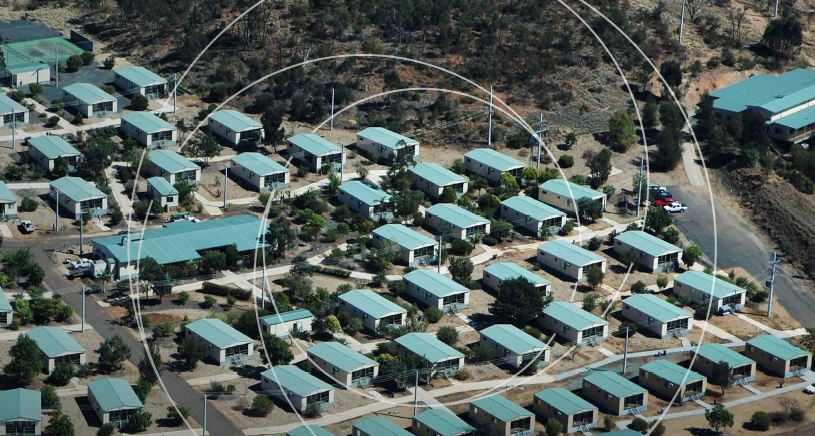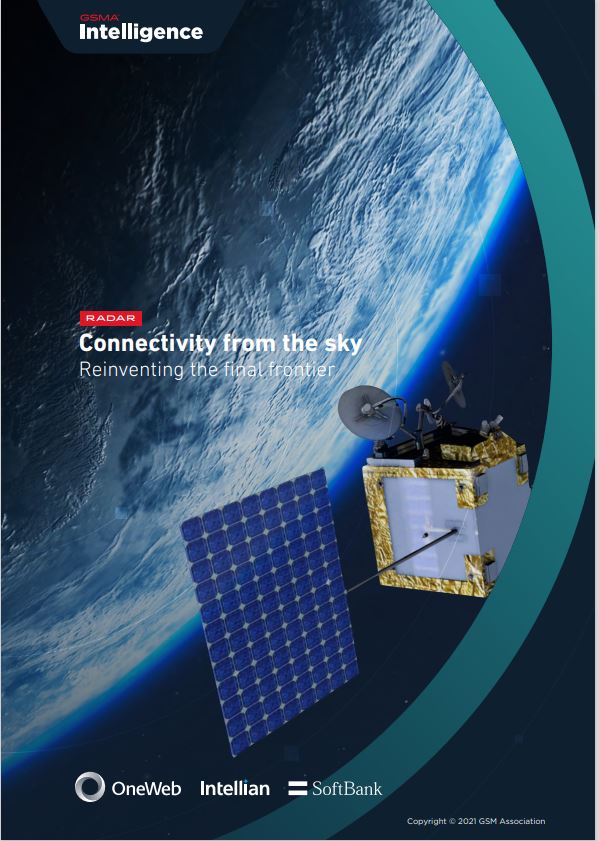What you need to consider when choosing maritime LEO connectivity

Enabling rapid communications between ship and OneWeb’s LEO satellites means cloud solutions and remote control applications become much more viable. It can enable autonomous vessels, improved internet-of-things in maritime and real-time monitoring of operations in clear video.
With the marketplace increasing in competition from existing and new providers such as Starlink, we outline the key differentials that allow OneWeb and AST to truly support the evolving communication needs of the maritime industry.
Quality of Service
Maritime LEO Connectivity Expectations
For many high-end maritime customers such as governments and offshore operations, SLA’s (Service Level Agreements) and CIR’s (Committed Information Rates) are a must-have.
Without these, customers of other satellite networks (including Starlink) face throttling and speed management for the end user and the service becomes risky for operation-critical purposes.
What OneWeb and AST offer
All OneWeb CIR users are treated as priority, not only high data consumers, this is then backed up with SLAs. Additionally multiple service profiles can be set up on a single set up that ensures traffic is managed and prioritised in the most efficient method. For example, separate profiles can be set up for critical business comms and another one for crew welfare.
When ordering, end users will be given committed capacity in our network to ensure the advertised SLAs and CIRs are achievable and realistic.
OneWeb performs a capacity assessment on every new order to ensure service levels will be met; this means no data caps or throttling of speeds to guarantee service levels.
To maintain a reliable service and provide maritime users with peace of mind, OneWeb has in orbit spare satellites built as part of its constellation for redundancy.
Installation and Integration
Maritime LEO Connectivity Expectations
End users want to ensure that their communication solutions are integrated into their onboard hybrid networks and aren’t simply left the burden of setting up on their own.
If required, they also want responsive technical support to ensure a seamless integration.
What AST and OneWeb offer
OneWeb user terminals have been developed by specialist terminal manufacturers and are installed and integrated with the vessel’s network by trained professionals giving you peace of mind that it will work seamlessly.
AST’s 30 years of experience in the maritime sector means we have highly skilled technical engineers who are trained and experienced in the maintenance and commissioning of satellite communication systems. Many of our team were involved in the beta testing and verifications of OneWeb’s fixed offshore and maritime terminals.
Network Security
Maritime LEO Connectivity Expectations
Cyber security is an increasingly important topic for the maritime industry due to rapid digital transformation and with that comes new threats and regulatory requirements.
Optimization of operations remains a critical focus, and those who can utilize new technologies and digital solutions will have the upper hand. Cyber security is a critical risk area, as ship operation is largely dependent on the effectiveness of software-based systems for operations.
What AST and OneWeb offer
The OneWeb network operates a layered approach to security and encryption. Traffic is handled at PoPs (Point of Presence) data centres and interconnected to ensure secure connection is always maintained.
Unlike some other providers that go direct to internet, OneWeb with AST can offer a completely private network solution, the same as a terrestrial MPLS network extension to your existing private WAN, allowing for critical data communications for operations to be deployed.
A service plan to suit your needs
Maritime LEO Connectivity Expectations
Not all maritime end users have the same requirements with a range of data usage, use cases and budgets.
They need to have a suitable range of options that have developed specifically for end users in the maritime industry rather than the single data plan given by other providers such as Starlink.
What AST and OneWeb offer
AST and OneWeb have worked on plans that are use case specific and allow the customers to choose the right package from entry level to high-end.
Providing options such as suspension rights, scaling options and data pooling along with AST’s comms and bandwidth management services, means end users can develop and manage a plan that suits their specific needs.
Hardware for the harshest environments
Maritime LEO Connectivity Expectations
Those working in the maritime industry work in some of the harshest conditions. They need to ensure that the terminal equipment they are using is able to withstand the environment they work in.
Whether it is saltwater erosion, extreme temperatures, vessel movement or simply challenges such as mast obstructions; the terminals must operate flawlessly.
What AST and OneWeb offer
OneWeb and AST have worked with industry leading hardware manufacturers that have extensive experience developing Type Approved terminals specifically for operation in the harshest maritime environments on all vessel types.
OneWeb’s terminals are designed with IP66 Ingress Protection rating, proven to be resistant to environmental factors, such as storms, harsh winds, saltwater erosion, radar interference, obstruction blockage mitigation (masts, cranes etc), vessel movement in a seaway (pitch/roll, heading change). This compares favourably against Starlink that has only an IP56 rating.
Installation services provided by AST will ensure the equipment is positioned in the optimum position and mitigate blockage. This is enhanced by the range of terminal form factors available from OneWeb including dual parabolic and flat panel options that can work in Primary-Primary mode with blockage mitigation software installed.
The variety of approved terminals and the various forms compared to the singular option provided by Starlink provides flexibility for installation and ensures guaranteed service levels during operations at sea.

